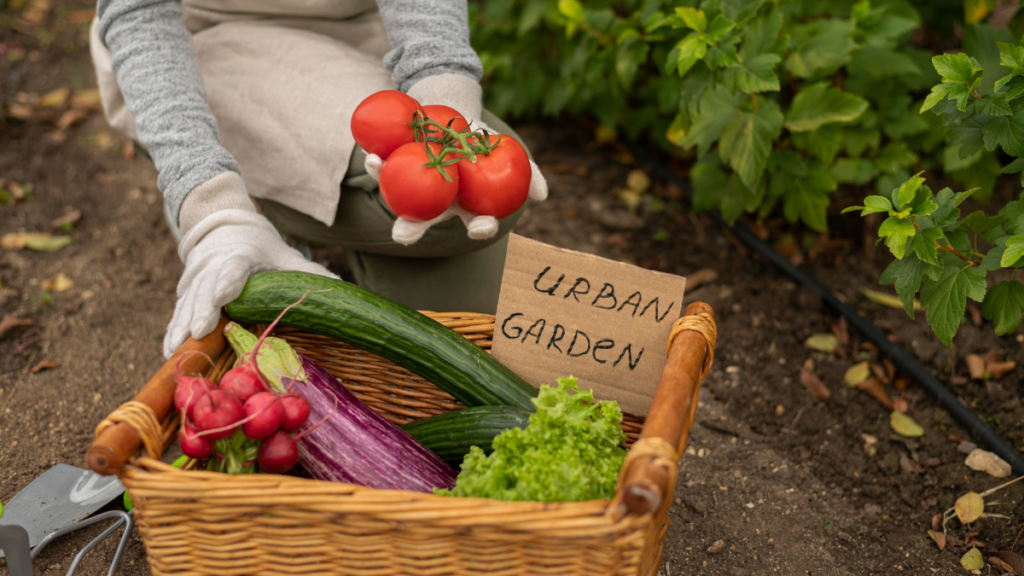Introduction:
In a world where the cost of living seems to rise continually, maintaining a healthy diet can feel like a luxury reserved for those with deep pockets. However, eating well doesn’t have to drain your bank account. With some smart planning, savvy shopping, and a bit of creativity, you can nourish your body without breaking the bank. Here are some practical tips for healthy eating on a budget:
Plan Your Meals:

Before you hit the grocery store, take some time to plan your meals for the week. This will help you avoid impulse buys and ensure that you only purchase what you need. Look for budget-friendly recipes that use simple, inexpensive ingredients like beans, lentils, whole grains, and seasonal vegetables.
Buy in Bulk:

Purchasing staple items like rice, beans, oats, and pasta in bulk can save you a significant amount of money in the long run. Many grocery stores offer discounts for buying larger quantities, so stock up on these essentials to stretch your food budget further.
Embrace Plant-Based Proteins:

Meat and poultry can be expensive, but there are plenty of affordable plant-based sources of protein available. Beans, lentils, chickpeas, tofu, and tempeh are all nutritious options that won’t break the bank. Incorporate these protein-rich foods into your meals to help keep costs down.
Shop Seasonally:

Fruits and vegetables that are in season are often cheaper and tastier than their out-of-season counterparts. Take advantage of seasonal produce by planning your meals around what’s available at the farmers’ market or grocery store. Not only will you save money, but you’ll also enjoy fresher, more flavorful ingredients.
Minimize Food Waste:

According to the Food and Agriculture Organization of the United Nations, approximately one-third of all food produced for human consumption is wasted each year. To avoid throwing away precious dollars along with your food, try to minimize food waste by using up leftovers, freezing perishable items before they spoil, and repurposing ingredients in creative ways.
Cook at Home:

Eating out can quickly add up, so try to cook at home as much as possible. Not only is cooking your meals cheaper, but it also gives you complete control over the ingredients you use. Experiment with new recipes and cooking techniques to keep things interesting without blowing your budget.
Compare Prices and Look for Deals:

Don’t be afraid to shop around and compare prices at different grocery stores. Keep an eye out for sales, discounts, and coupons to maximize your savings. Consider joining a loyalty program or signing up for newsletters to stay informed about special offers and promotions.
Limit Processed Foods and Beverages:

Processed foods and sugary beverages can be both expensive and unhealthy. Instead of spending your money on pre-packaged snacks and drinks, opt for whole, unprocessed foods like fruits, vegetables, nuts, and seeds. Not only are these options more budget-friendly, but they’re also better for your health.
Grow Your Own Food:

If you have space and resources, consider starting a small garden to grow your own fruits, vegetables, and herbs. Gardening can be a rewarding and cost-effective way to supplement your food supply while also connecting you with nature and promoting sustainability.
Stay Flexible and Be Creative:

Finally, don’t be afraid to get creative in the kitchen and make substitutions based on what you have on hand. Learning to cook with what you already have can help you save money and reduce food waste. Get creative with your meals, and you might discover some delicious new favorites along the way.
Conclusion:
In conclusion, eating healthy on a budget is entirely possible with some strategic planning and mindful shopping. By following these tips and making smart choices, you can nourish your body without sacrificing your financial wellbeing. Remember, the key is to focus on whole, nutrient-dense foods while being mindful of your spending. Here’s to happy, healthy, and budget-friendly eating!












